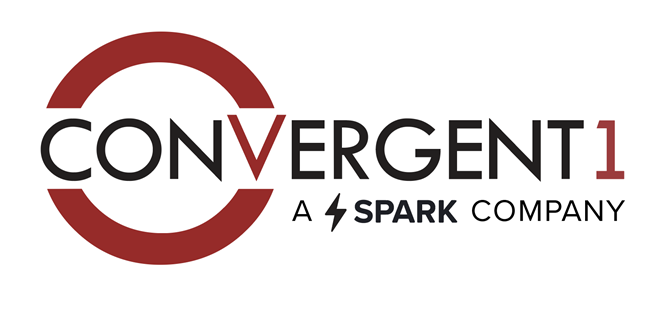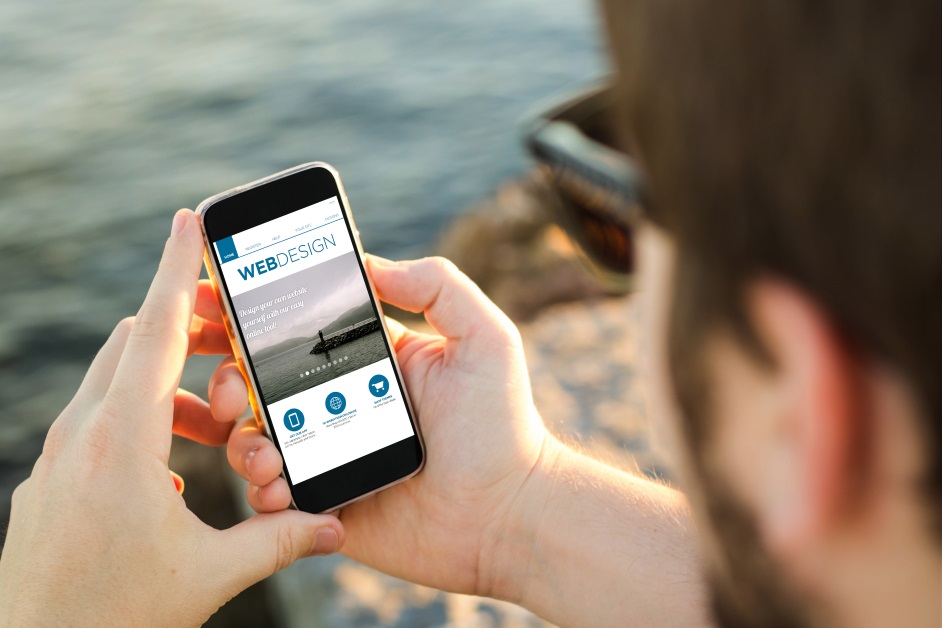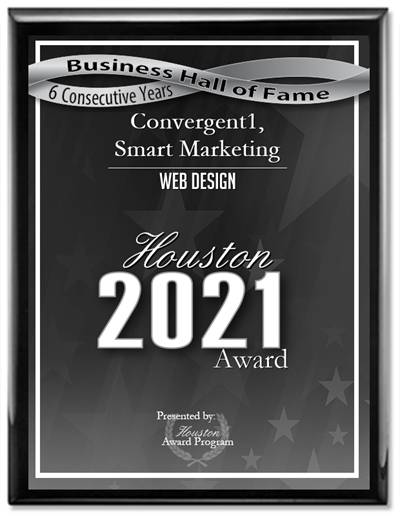As businesses and brands are already aware of the importance of adapting to mobile, some may be confused about apps in web design. Users’ consumption methods have changed significantly over the past few years, as have sales and information sources. However, despite the increase in awareness, adapting a website to mobile can be confusing from the marketing and technical standpoints. One of the first decisions a site owner or product manager must consider is whether to create a mobile app or a responsive site.
Native Apps vs. Responsive Design: Which is Better?
There’s no hard-and-fast answer to this question, as it depends on the site owner’s needs and tastes. Mobile apps can be developed on a native or hybrid basis, and mobile-friendly sites can be responsive or adaptive. To simplify things a bit, this guide focuses on native apps and responsive web. Both options have their benefits and drawbacks. Adapting content to mobile devices via responsive web design has two primary advantages: money and time. Company owners and site managers normally consider these parameters, especially if they’re not intimately involved with the tech aspects of development. However, in terms of functionality and quality, there are other factors to consider.
Why Responsive Design is So Popular
It’s easy to confuse mobile apps and responsive design, as both terms refer to the usage of designs that can adapt to all devices. When a person looks for a product or service and the site doesn’t work perfectly on the first try, they’ll likely refine their search rather than wait. Responsive web design became popular when companies realized that if their sites didn’t work well on mobile devices, their customers may go elsewhere.
The Benefits and Disadvantages of Responsive Web Design
As mentioned before, responsive web has two advantages over native apps: money and time. The reason responsive web design uses fewer resources is that the streamlined development process allows sites to be viewed on most mobile browsers. Furthermore, the development team doesn’t have to follow OS permissions and guidelines, as they’re not distributing the site through an app store. However, there are drawbacks to think about as well, and most of them arise from the fact that responsive design is a one-size-fits-all solution to a multifaceted problem.
The Pros and Cons of Native Apps
Native app development is the most precise solution for business mobile problems, as it considers each OS’ best practices. Overall, app development is a better option, but it’s typically costlier because developers have to create unique code-bases and designs for each OS. They also have to deal with each operating system’s approval process, which can take days or even weeks. However, results in terms of speed, quality, and usage of device capabilities are usually superior. Native apps combine the best attributes of the on- and offline worlds and they’re designed specifically for better mobile performance.
In Conclusion
When site owners use responsive design in conjunction with web apps, they create a better overall user experience. If the site is simple and informational and the budget is small, responsive design is enough. However, when an owner wants to create an engaging experience and the site is more transactional, native apps are a better solution. Connect with Houston’s Convergent1 for award-winning responsive web designs that get you results! Call us at 713-690-0707, or browse our services today!










